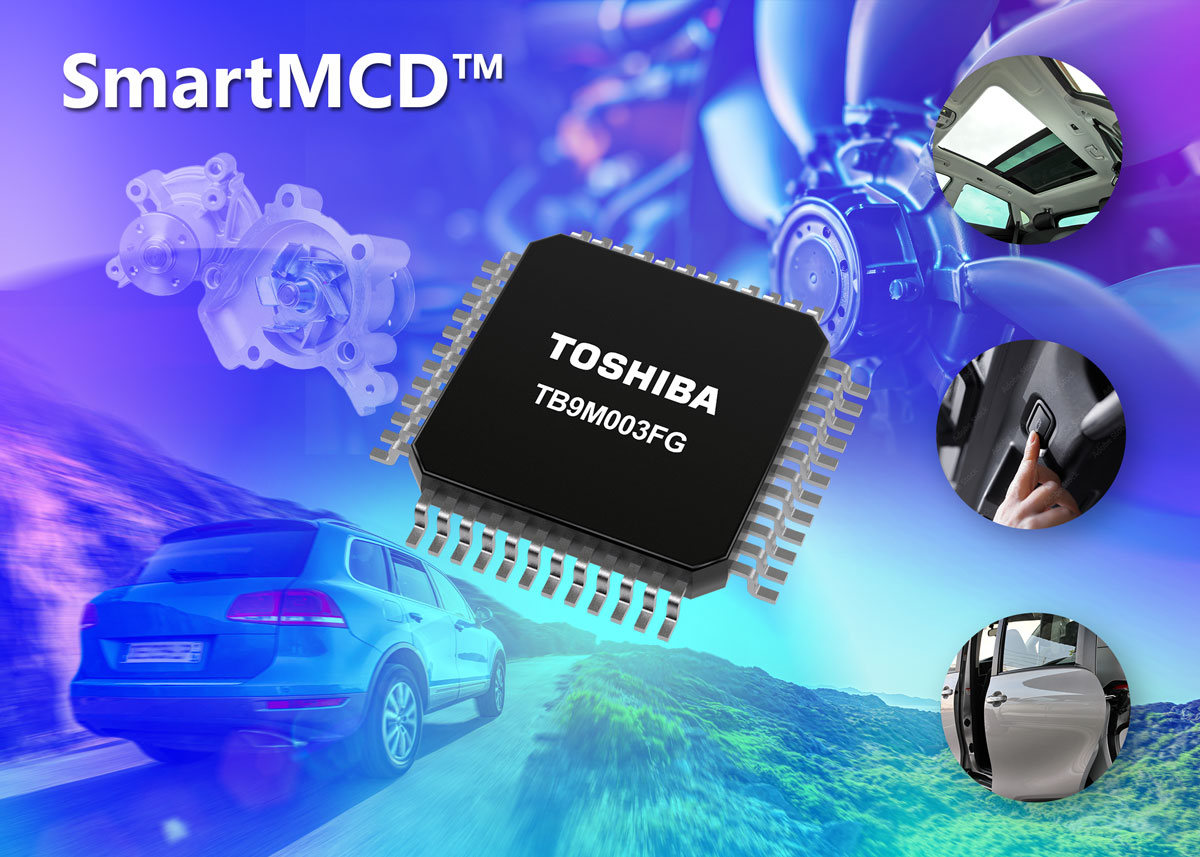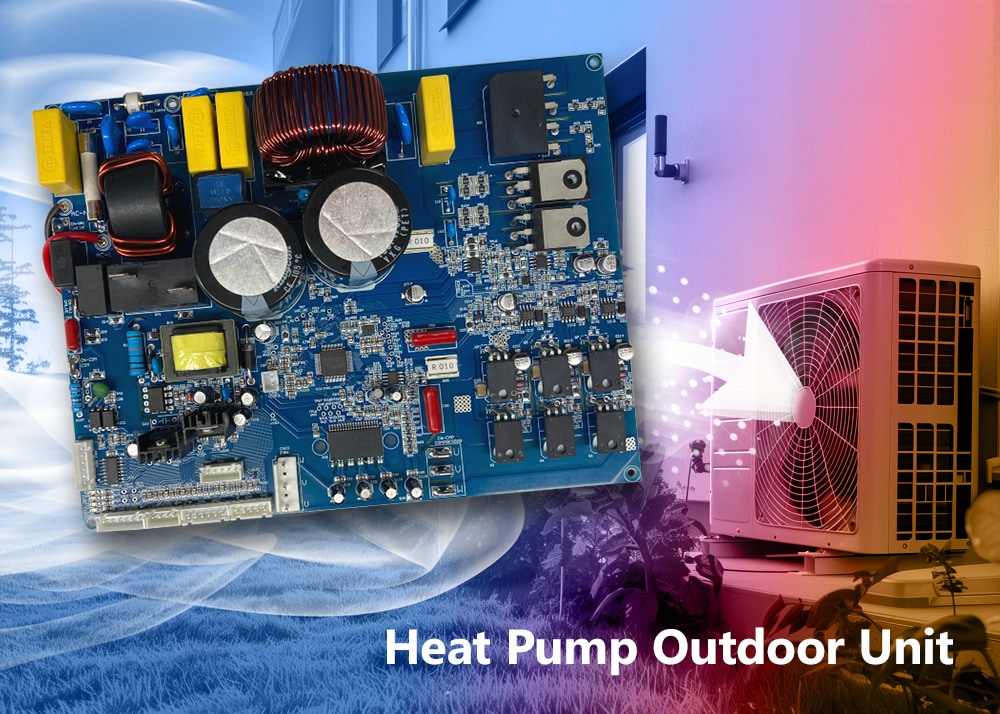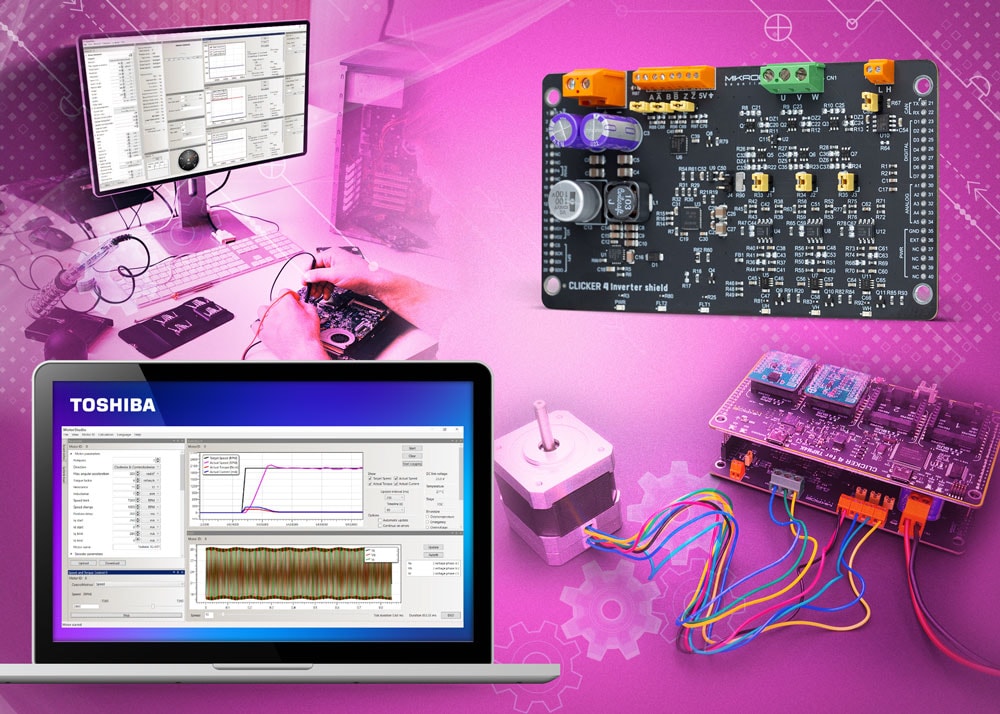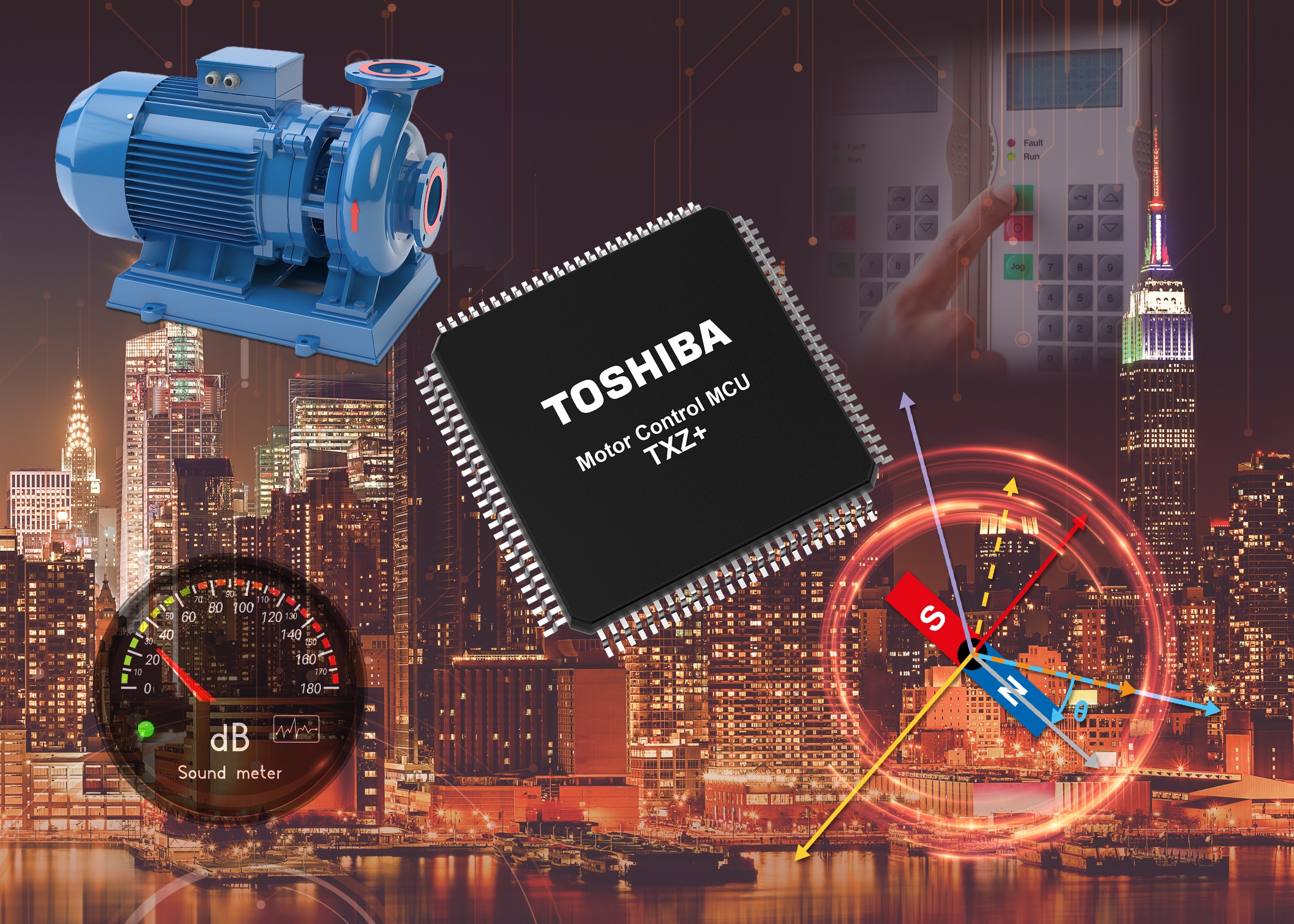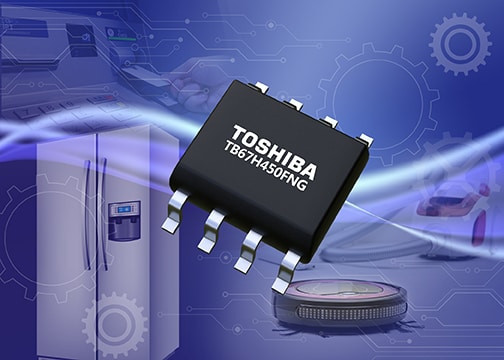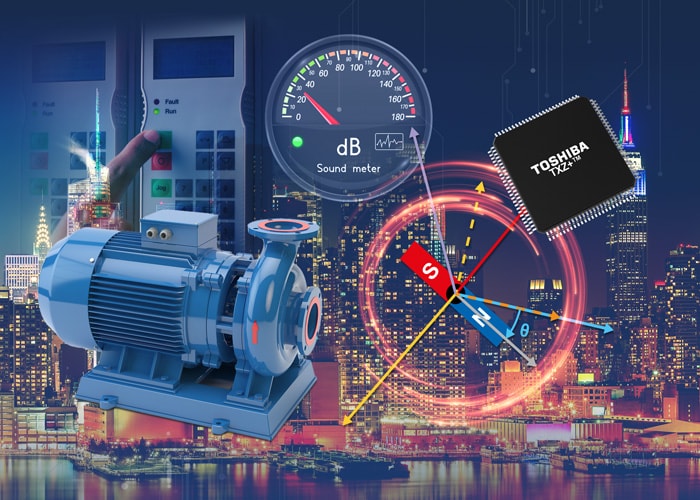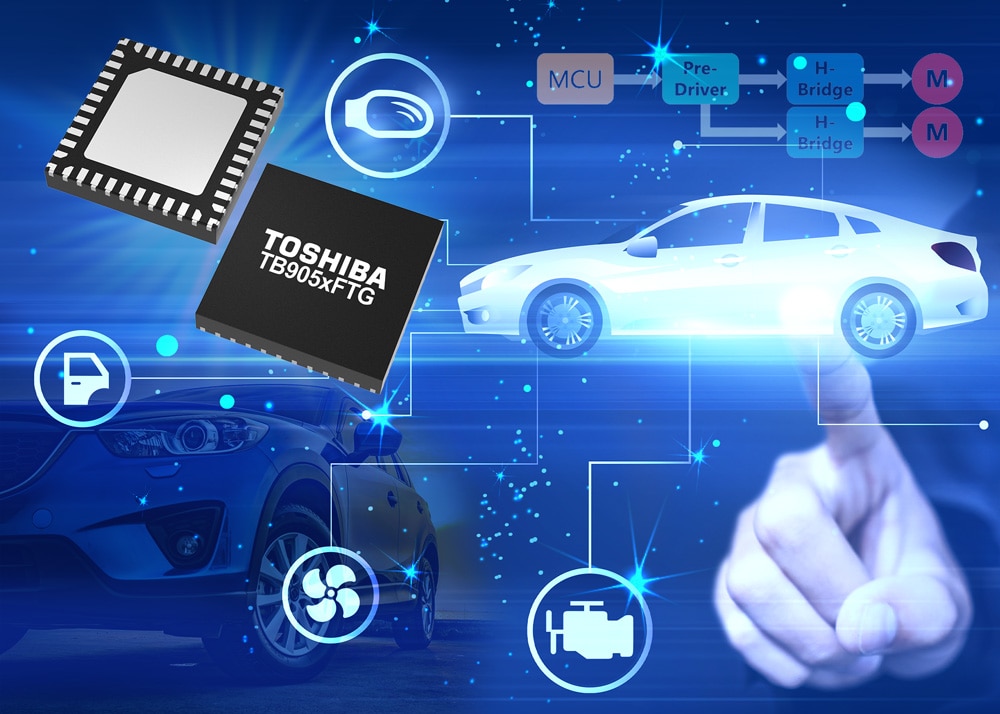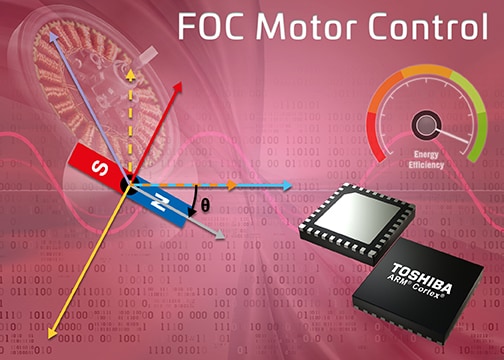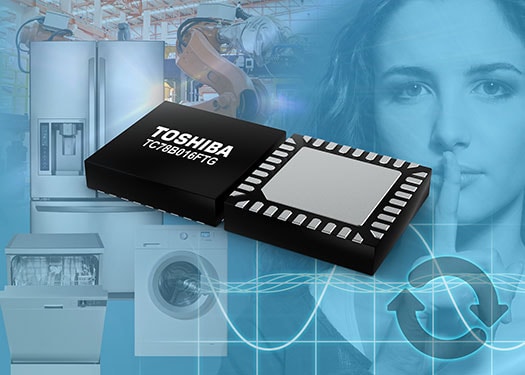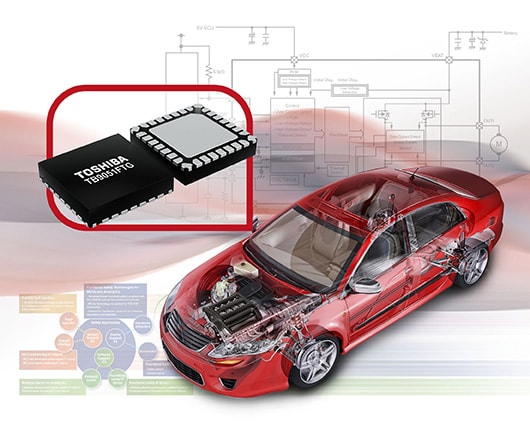- General Top
- SEMICONDUCTOR
- STORAGE
- COMPANY
-
My ToshibaSemicon
- Semiconductor Top
-
ApplicationsAutomotive
Body Electronics
xEV
In-Vehicle Infotainment
Advanced Driver-Assistance Systems (ADAS)
Chassis
IndustrialInfrastructure
BEMS/HEMS
Factory Automation
Commercial Equipment
Consumer/PersonalIoT Equipment
Healthcare
Wearable Device
Mobile
Computer Peripherals
-
ProductsAutomotive Devices
Discrete Semiconductor
Diodes
Transistors
Logic ICs
Analog Devices
Digital Devices
Wireless Devices
※
: Products list (parametric search)
Power SemiconductorsSiC Power Devices
※
: Products list (parametric search)
Isolators/Solid State RelaysPhotocouplers
Digital Isolators
Solid State Relays
Fiber Optic Transmitting Modules
※
: Products list (parametric search)
MOSFETsIGBTs/IEGTsBipolar Transistors※
: Products list (parametric search)
Diodes※
: Products list (parametric search)
MicrocontrollersMotor Driver ICsIntelligent Power ICs※
: Products list (parametric search)
Power Management ICsLinear ICs※
: Products list (parametric search)
General Purpose Logic ICsLinear Image SensorsOther Product ICsOther Product ICs
※
: Products list (parametric search)
-
Design & Development
Design & Development
Innovation Centre
At the Toshiba Innovation Centre we constantly strive to inspire you with our technologies and solutions. Discover how to place us at the heart of your innovations.
-
Knowledge
Knowledge
Highlighted Topics
Further Materials
Other
- Where To Buy
- Part Number & Keyword Search
- Cross Reference Search
- Parametric Search
- Stock Check & Purchase
This webpage doesn't work with Internet Explorer. Please use the latest version of Google Chrome, Microsoft Edge, Mozilla Firefox or Safari.
require 3 characters or more. Search for multiple part numbers fromhere.
The information presented in this cross reference is based on TOSHIBA's selection criteria and should be treated as a suggestion only. Please carefully review the latest versions of all relevant information on the TOSHIBA products, including without limitation data sheets and validate all operating parameters of the TOSHIBA products to ensure that the suggested TOSHIBA products are truly compatible with your design and application.Please note that this cross reference is based on TOSHIBA's estimate of compatibility with other manufacturers' products, based on other manufacturers' published data, at the time the data was collected.TOSHIBA is not responsible for any incorrect or incomplete information. Information is subject to change at any time without notice.
require 3 characters or more.
Field-Oriented Control of Brushless Motors without the Math

During their studies, engineers are confronted with much mathematics that forms the basis of electronics and electronic systems. However, once embedded in our selected industry segment, many of us never really have to contend with convolution, Laplace transforms, or the details of Fourier since we end up developing applications that use this mathematics, rather creating the algorithms themselves. Perhaps one area of exception has been motor control where, for everything but simple applications, a detailed understanding of the Clarke and Park transforms was required to implement field-oriented control (FOC) of brushless DC motors.
This has been a challenge, both to implementers and providers of silicon solutions that use FOC, to package the hardware and the software in such a manner that it is easy to use, configure, and optimize. On top, tools are needed to garner the insights into the state of the control algorithm and allow a “look inside” to support debugging during development. One significant area that causes challenges is the lack of determinism since the control algorithm can require significantly different amounts of time to execute the complex mathematics to calculate each commutation step. If the microprocessor is also handling other application tasks this can, in the worst case, lead to poor motor control or an unresponsive application.
To simplify the implementation and achieve more determinism, Toshiba has developed a series of microcontrollers (MCU) that implement the FOC algorithms in hardware. Known as the Advanced Vector Engine (A-VE), it integrates 3-phase to 2-phase conversion, space vector modulation, along with PI (proportional/integral) control blocks that are easily configured through hardware registers. It is also tightly coupled with the analog-to-digital converter (ADC) and pulse-width modulation (PWM) peripherals. As such, the A-VE can read in voltage and current values from the motor phases and directly prepare the PWM for the next commutation step with very little intervention from the microprocessor. Measurements and comparison undertaken by Toshiba show that, compared to a pure software implementation, this approach delivers a 70% reduction in processor load.
To assist in the tuning of the system, the “Motor Mind” tool can be used. It provides a graphical interface to edit all motor parameters and A-VE settings. Connecting over the serial interface of the MCU, it is possible to access settings in real time and even visualize information buried deep inside of the vector engine.
FOC provides a significant improvement over alternative motor-control approaches, delivering lower torque ripple and better control at low rotation speeds. One challenge is the upper end of the rotation speed spectrum that is limited by the controller’s ability to calculate the next commutation point in a timely manner. Toshiba’s A-VE capable MCUs can handle an electrical speed of over 4000Hz, which equates to a little more than 250,000 rpm for a single pole pair motor, ensuring that a wide range of motor applications can be supported.
If you’d like to read more about the A-VE peripheral integrated into Toshiba’s series of MCUs and learn about the tools and hardware that supports them, you can review our white paper on the topic available here:


